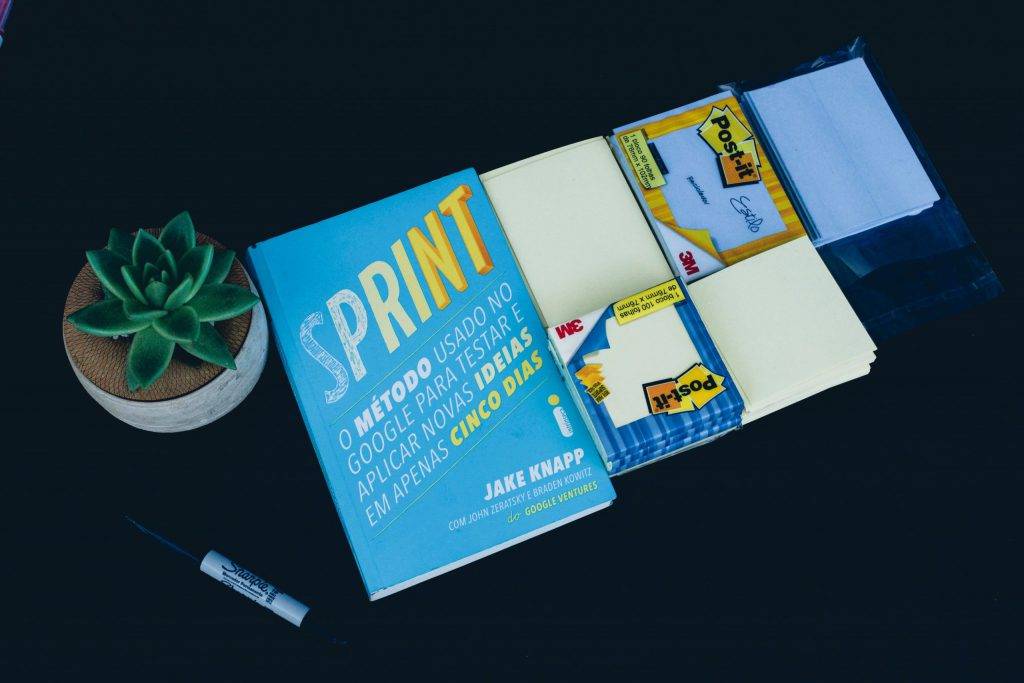
When it comes to tractor design and printing; the most important things to consider before choosing are size, sex, heat, veneer, and ultimately tractor design. In this article, we will simply introduce and explain each of these features.
1- Tract size
Tract paper size is determined by specific standards. These standard sizes from large to small include A6, A5, A4, A3 and A7. A6 and A5 papers are more popular. The reason for this
They are also medium in size and reasonably priced. Next to A6 and A5 are the usual A4 papers that are 2 mm wide and 4 mm wide. However, if we cut these sizes down to 2 x 2 mm, respectively,
We’ll find that it’s exactly the size of A7 paper. A3 sheets of 420 x 1 mm are also used for tracts.
It should be noted that in addition to A-series papers, tracts can also be printed in DL paper (one-third the size of A4 paper and 2x8mm in grasshopper size) and square paper. In terms of the size of the paper selected, it is important to consider the subject of the tract and the amount of information you want to convey to the audience. It is also advisable to have the size of your paper easily held by the respondent; fit in a simple pocket or bag.
2- Tract paper
Tract paper is usually selected from two types of writing paper or glass. Writing paper is the same as ordinary paper used for writing. Glazed papers are those sheets of paper that you may have seen on important posters and brochures. In the meantime, the choice between these two types of paper is usually more than your budget. There is no doubt, however, that a tractor with glass paper is of greater quality, beauty and appeal. The essential difference between the paper and the glaze is the porosity of the paper and
The impregnation of the paper is against the color. This is easily understood by looking at and knocking on paper. Writing paper is sexier and more textured. It also influences the color of the printing machine. As a result, the images on it are opaque and not glossy on paper. In contrast, the glaze paper has a smooth, glossy surface where the color sits on it rather than penetrating it. In this way, the end result will be clearer, brighter and more beautiful.
3. Tractor heating
In the paper, the heating problem has a general calculation method. For example, when you say a paper is 2 grams, that is, each 2-by-5-inch typewriter weighs 5 grams. Naturally, the more paper heat you want; the thicker the paper, and of course the more expensive it is. Typewriter papers on the market are typically 1, 2, and
2 grams.
However, there are a variety of other hot spots around. Also available on the market are glass sheets of 2 and 4 grams; however, there is a greater variety in this case and can range from 1 to 2 grams.
Finally, notice that the glaze papers are either glossy or matte, one-sided or two-sided.
4- Tractor cover
You may have heard of using a business card cover. It is interesting to know that special coatings can also be used to attract and protect the tract. One of the best covers for the tractor is the cellphone cover. Used in a variety of velvet, matte and glossy cellophane, it enhances the strength and durability of the tract.
5. Business-friendly design
If you have considered all of the above before printing a tract, it is great to have a professional design
Complete. A unique design helps your customer get the best deal. Pay attention to the principles of content production, color matching to the logo and the type of business, the use of attractive business-related images, andAdvertisements, including the target audience of your tractor, will be important in providing an attractive and professional tractor.